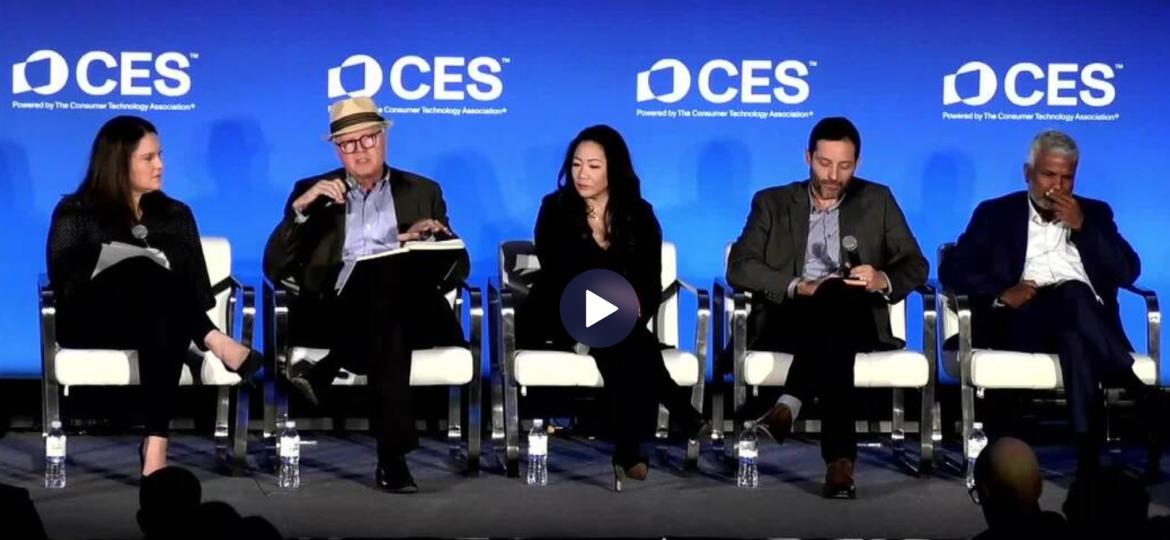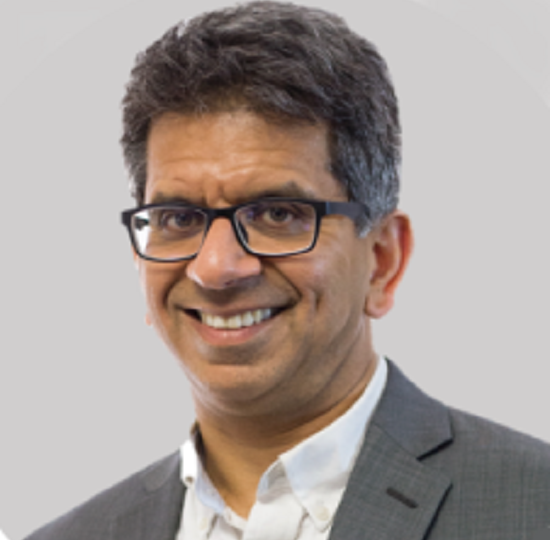Just a week ago, Dr. Alan Baratz, CEO of D-Wave ($QBTS), took the stage at NVIDIA GTC during the company’s inaugural quantum computing track. This high-profile appearance came in the wake of a now-infamous comment made earlier this year by NVIDIA CEO Jensen Huang. In January, Huang stated that quantum computing was still “10, 15, or 20 years away,” a remark that reverberated across the quantum landscape. The comment triggered a sharp sell-off in several publicly traded quantum companies, with investors interpreting it as a signal that quantum computing lacked near-term viability. Investors ran for the exits, looking for liquidity before truth.
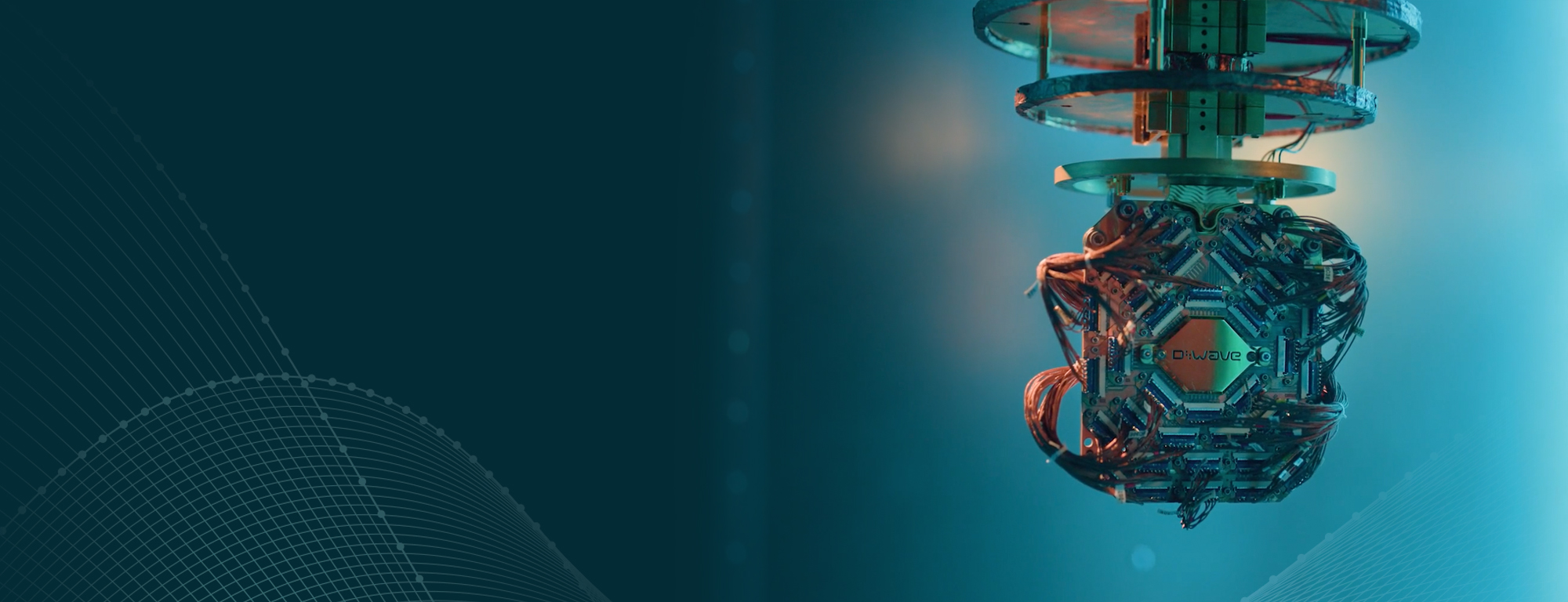
Dr. Baratz, however, wasn’t willing to let that narrative stand. He appeared on CNBC the very next day, where he issued a pointed rebuttal: he called Huang “dead wrong.” It was an unusually candid moment in the normally collegial world of tech leadership—and it set the tone for their next public encounter at GTC. During a tense panel discussion featuring quantum industry leaders, Huang and Baratz found themselves in another tense exchange, “I was just trying to help” – said Huang. Baratz didn’t miss a beat: “We’ve seen your help.”
“You know, this is the first event in history where a company CEO invites all of the guests to explain why he was wrong,” Huang said at the opening of the “Quantum Computing: Where We Are and Where We’re Headed” panel. [Full video recording] – Jensen Huang
When asked later whether the panel ultimately helped raise awareness for the field, Baratz was blunt:
“I don’t think this event was all that helpful to the industry or to D-wave.” – Alan Baratz
A Missed Opportunity
The panel, featuring representatives from Rigetti, IonQ, Quantinuum, and others, had the potential to be a watershed moment for quantum awareness. But instead of delivering a compelling, accessible message to investors and the public, the conversation veered into dense technical jargon. At a time when mainstream interest in quantum is growing, the panel failed to convey the stakes, the urgency, or the excitement of the field. Investors wanted their imagination to be set free, instead they were mired with technicals and CEO’s largely concerned with the technicals and concerningly under-prepared for such a large stage and audience.
Anticipation had been sky-high. Investors were hopeful that the panel would showcase quantum’s commercial potential. Instead, sentiment quickly turned negative. Stocks across the quantum sector tumbled sharply the day of the panel and continued their descent in the following days, further exacerbated by ongoing macroeconomic challenges under the Trump administration. The industry, in desperate need of clarity and confidence, was left with more questions than answers. More uncertainty in a market of uncertainty. A familiar flavor in the wider markets recently – uncertainty – and investors came into the panel desperately hoping for some clarity, something, which they did not receive.
Now, with Qubits 2025 on the horizon, D-Wave has an opportunity to reset the narrative.
All Eyes on D-Wave – A reset opportunity
Backed by a month-long rally in its stock price and a series of blockbuster announcements, D-Wave enters Qubits 2025 with more momentum than at any point in recent memory. Unlike its peers, D-Wave has always pursued a distinct technological path—focusing on quantum annealing rather than gate-based systems—and now, that decision appears to be paying off.
Just weeks ago, on the eve of earnings, D-Wave announced a major scientific breakthrough: it had achieved quantum supremacy in a real-world optimization problem, and the results were published in the peer-reviewed journal Science. The news was so impactful that trading of D-Wave’s stock was temporarily halted by NASDAQ due to volatility. When trading resumed, shares surged dramatically, closing the day with impressive strength.
According to the company, this marks the first time a practical quantum computer—using annealing—has demonstrated quantum supremacy in a commercially relevant application. This stands in contrast to Microsoft’s recent claims surrounding Majorana-based qubits, which were met with skepticism and scrutiny by many in the scientific community.
In D-Wave’s case, the response from academic and industry insiders has been notably more supportive. A number of respected researchers have come forward to endorse the significance of the results, lending credibility to what could be a defining moment in the race to practical quantum computing.
The industry is still digesting the implications of D-Wave’s achievement, but one thing is clear: this wasn’t just a theoretical win. It was a commercial and scientific milestone.
Differentiation: Annealing vs. Gate-Based
Throughout the GTC panel and in subsequent media appearances, Baratz has consistently emphasized D-Wave’s core strength: its focus on annealing-based quantum systems. While many of its competitors chase long-term visions of fault-tolerant, gate-based architectures—which remain years away from commercialization—D-Wave is solving problems today.
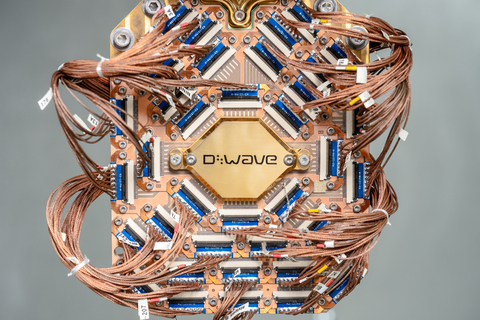
Quantum annealing is particularly well-suited for optimization problems, which are abundant across logistics, finance, materials science, and machine learning. By narrowing its focus, D-Wave has been able to deliver real-world solutions to customers, including major corporations and government agencies.
Rumors are circulating that D-Wave may use its keynote platform at Qubits 2025 to announce a next-generation quantum annealer or a major partnership that further solidifies its leadership in the space.
Rather than be lumped in with the broader cohort of speculative quantum startups, D-Wave is now positioning itself as a category-defining disruptor—a company not just exploring the future, but actively building it.
Qubits 2025: A Defining Moment
The stakes for Qubits 2025 couldn’t be higher. With a rare combination of scientific credibility, technological differentiation, and recent investor momentum, D-Wave has the stage—and the spotlight. If it can communicate its vision clearly and back it up with continued results, this could mark the moment D-Wave transitions from underdog to undisputed leader in the field of practical quantum computing. The quantum era may be coming faster than some expected—and D-Wave is ready to lead the charge.
The Quantum Bull will be present and reporting on this conference. See a preview of the conference here:





![Video-Thumbnail-Template-[CLEAN-3.29.25]-copy-(41)](https://thequantumbull.com/wp-content/uploads/2025/07/Video-Thumbnail-Template-CLEAN-3.29.25-copy-41-thegem-product-justified-square-xl.jpg)

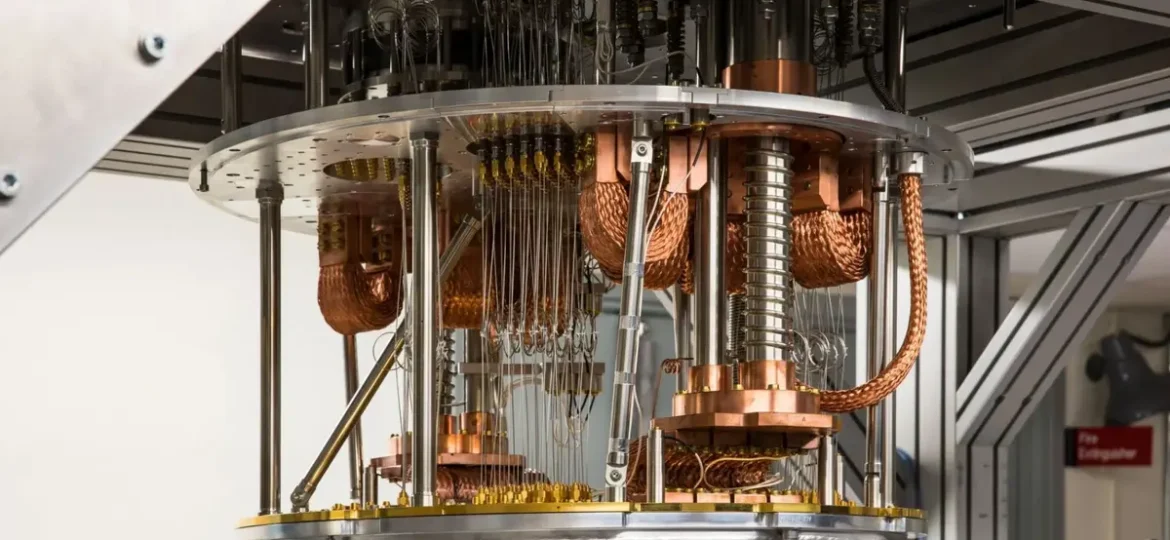
![Video-Thumbnail-Template-[CLEAN-3.29.25]-copy-(41)](https://thequantumbull.com/wp-content/uploads/2025/07/Video-Thumbnail-Template-CLEAN-3.29.25-copy-41-thegem-blog-default-large.jpg)

